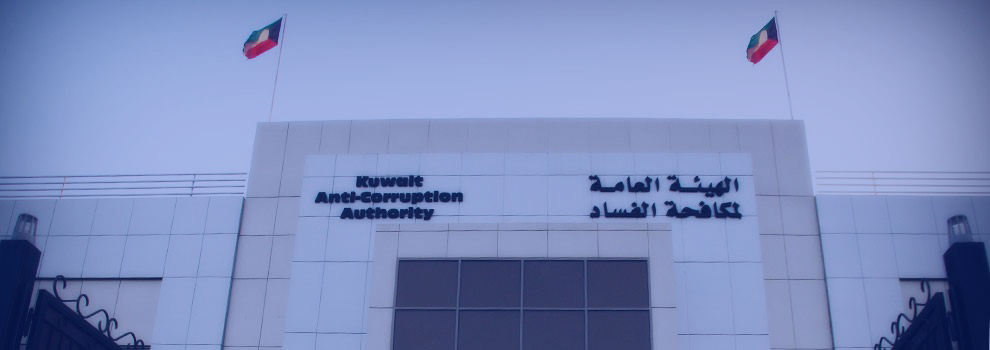 The European Bank for Reconstruction and Development (EBRD) has approved a US$ 200 million loan for the construction of a new 1.8 GW combined cycle gas-fired power plant in Damanhour, north west of Cairo.
The European Bank for Reconstruction and Development (EBRD) has approved a US$ 200 million loan for the construction of a new 1.8 GW combined cycle gas-fired power plant in Damanhour, north west of Cairo.
This loan will contribute to funding the US$ 1.3 billion total project cost, which is also being supported by the European Investment Bank, the Arab Fund for Economic & Social Development and the African Development Bank.
The new power plant will help Egypt alleviate acute energy shortages by increasing both efficiency and available generating capacity.
The plant will use the most advanced modern technology and, when built, will be the most energy and water-efficient plant in Egypt, reducing the energy generation sector’s carbon footprint by 1.5 million TCO2e each year.
According to Mr. Hildegard Gacek, EBRD Managing Director for the southern and eastern Mediterranean region, “Investing in electric power is crucial in Egypt. Through this investment, we’re offering full support to diversify the sources of energy generation, energy efficiency and clean energy”.
He also said that “overcoming the chronic supply shortages is essential for sustainable economic growth and the living conditions of the population”.
Nandita Parshad, EBRD Director for Power & Energy Utilities, said “we are delighted to partner with Egypt to support the modernisation of their generating fleet and to deepen our cooperation as they reshape the sector to meet Egypt’s energy needs.”
For Egyptian minister of International Cooperation Sahar Nasr, “the project will support Egypt to face the increasing power demand from the industrial, domestic and agriculture sectors. In addition it will reduce the burden on the main electricity grid.”
The EBRD has so far invested over 1 billion Euros in Egypt through 27 projects (including regional) since the start of its activities in the country at the end of 2012.
The Bank’s investments include the financial sector, agribusiness, manufacturing and services as well as infrastructure projects such as power, municipal water and wastewater and contributions to the upgrade of transport services.



